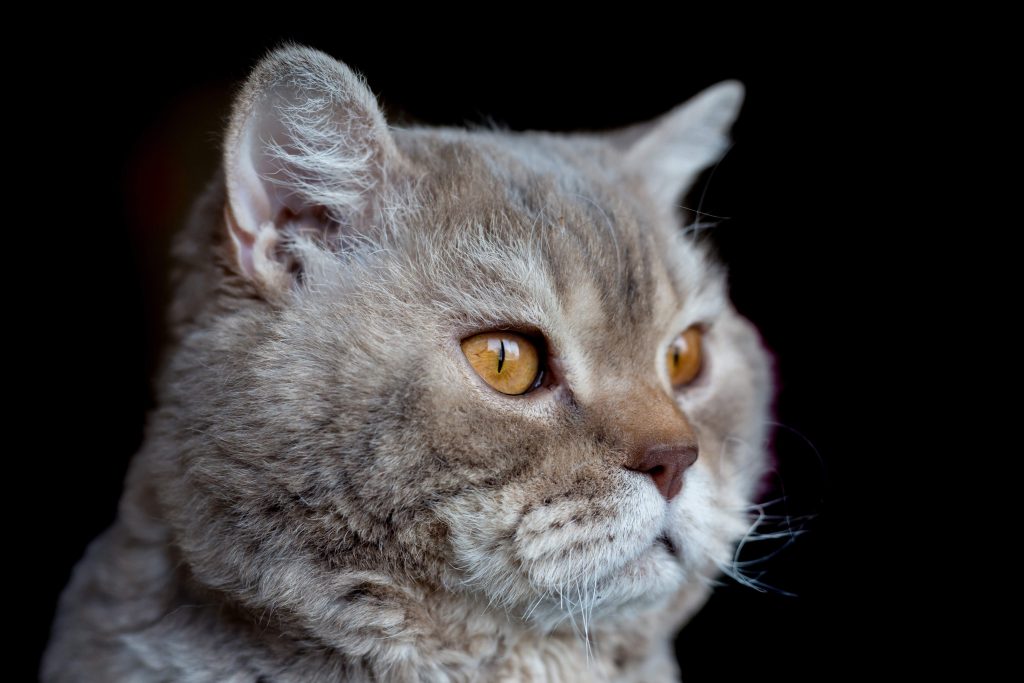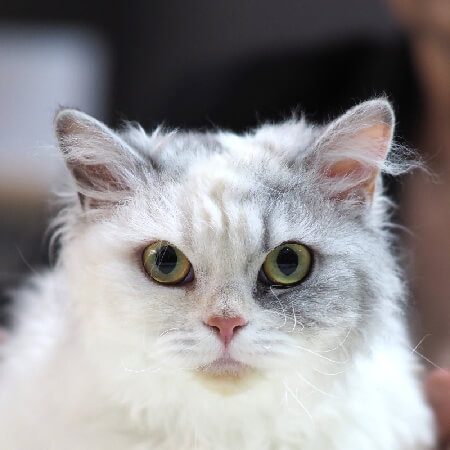History of the Selkirk Rex
Always expect the unexpected! The story of the Selkirk Rex begins with a chance find: in 1987, a domestic cat in the United States gave birth to a group of kittens, one of which really stood out. This little guy had an unusual coat and a different eye colour than its brothers and sisters: its fur was relatively short, but pleasantly soft and beautifully wavy. Even the whiskers were different; they weren’t straight like a cat’s whiskers usually are, and the hairs on the muzzle were also curled. This particular kitten was placed in the care of a breeder who named it “Miss DePesto of Noface” and went on to build the Selkirk Rex gene pool by mating it with Persians.
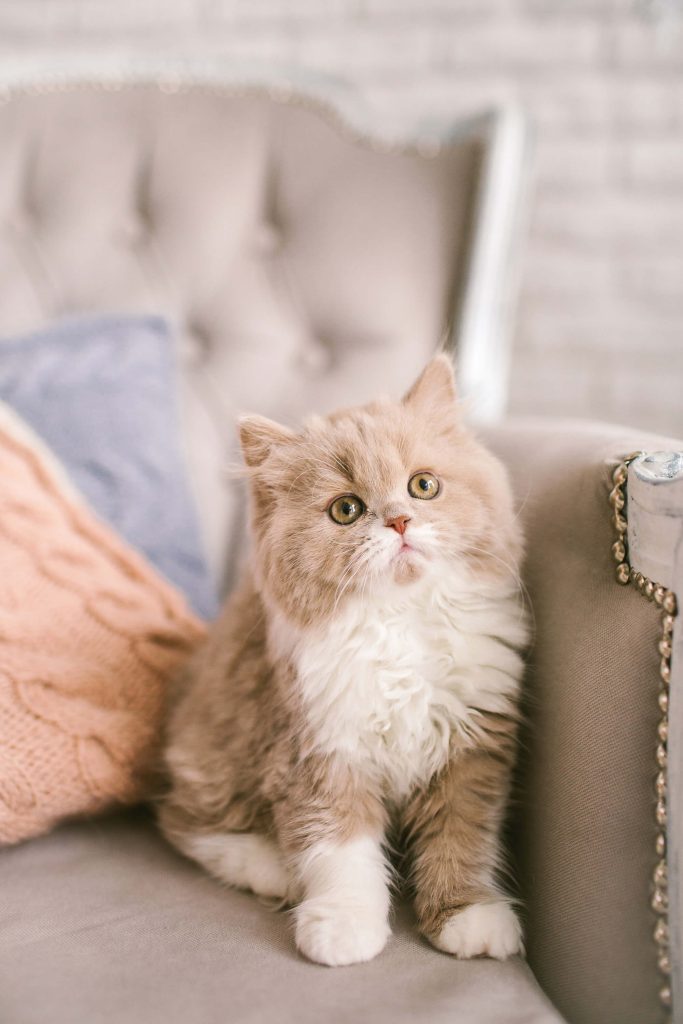
Appearance of the Selkirk Rex
With its abundance of curled hair, the appearance of the Selkirk Rex reminds us of other elegant Rex breeds. However, while the Devon Rex and the Cornish Rex also have curly coats, they’re not actually genetically related to the Selkirk Rex. Selkirk Rex cats are comparatively much larger and stockier in build, and with their broad shoulders and strong back, they appear bigger and more muscular. Their thick tail is medium length and has a rounded tip. The head and prominent chin fit well with the body: at eye level, there is a distinct transition to the root of the nose. Selkirk Rex cats have large, expressive eyes that are set wide apart.
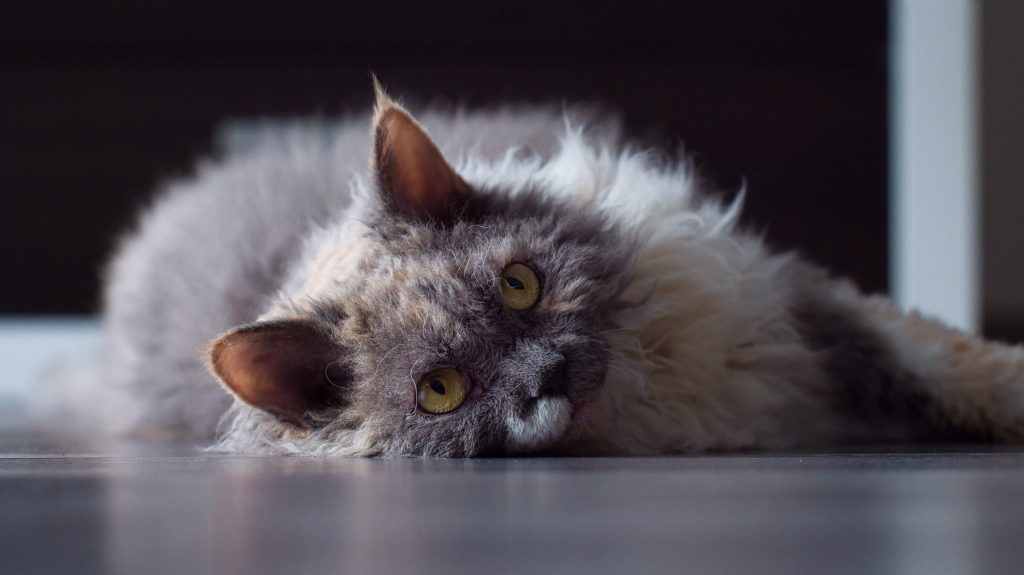
Size of the Selkirk Rex
How big does a Selkirk Rex get? The Selkirk Rex has a compact shape that puts it into the category of medium-to-large-sized cats. Compared with other Rex cats, Selkirks have a more muscular build. And their plush coat isn’t the only reason they look stockier: the shoulder height of adult cats of this breed can reach up to 30 cm. The body of a Selkirk Rex can even extend to an impressive length of 60 cm! In other words, among the “curly” cats, the Selkirk Rex is one of the largest of its kind.
Weight of the Selkirk Rex
These muscular teddy bears are big and strong. Does this show up when they step on the scales? How much does a Selkirk Rex weigh on average? According to the breed standard, Selkirk Rex females should weigh about 4 to 6 kg. Since Selkirk Rex males are always a bit stockier in terms of body mass, they are naturally heavier. Compared to females, males of this breed register an average of 5 to 7 kg on the scales.
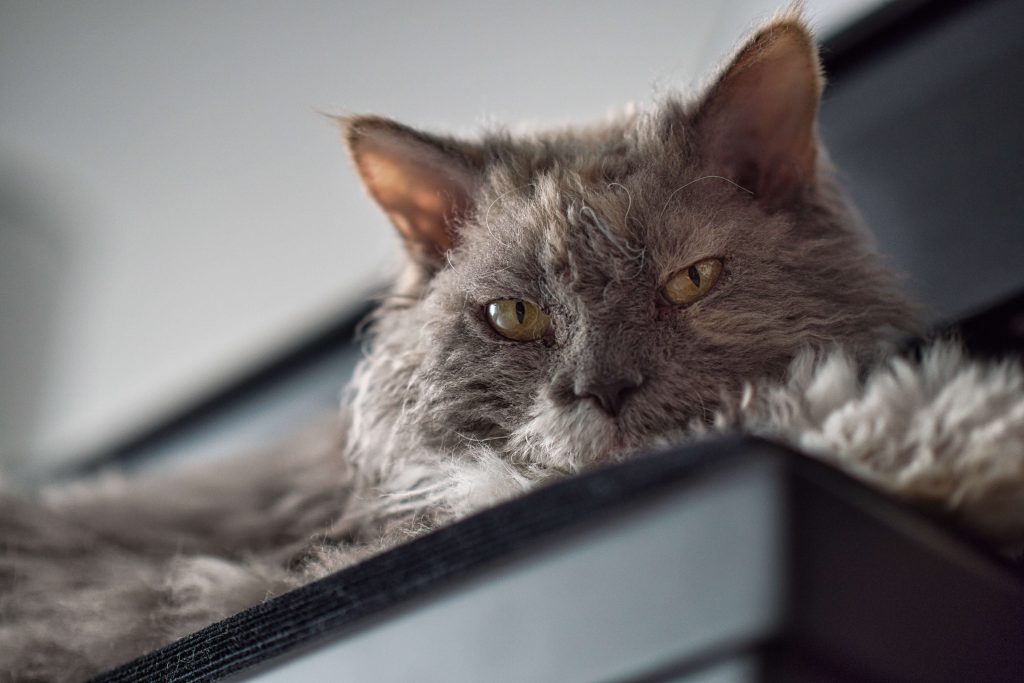
Coat of the Selkirk Rex
The double coat of the Selkirk Rex can be short or long. In both the short-haired and long-haired varieties, the lush coat is wonderfully soft, very dense and plush. Adult cats have additional curls on the ruff and tail that are more pronounced than on the rest of the body. However, the curliness itself can vary from cat to cat. Some cats have finer hair, while others have a stronger hair structure. A Selkirk Rex’s curls will thus vary accordingly: sometimes the waves in the cat’s hair will be longer and bigger, sometimes shorter and smaller.
FCoat colour of the Selkirk Rex
With this cat breed, everything is possible! The coat of the Selkirk Rex can have vastly different colours. According to breed standards, all common colours are allowed: black, blue, chocolate, cream, lilac and red. White cats are also accepted. Besides the pure ground colours, there are also special coat colours, such as those of the Siamese. The colour of the cat’s coat is basically of secondary importance. The texture of the coat is of greater significance.
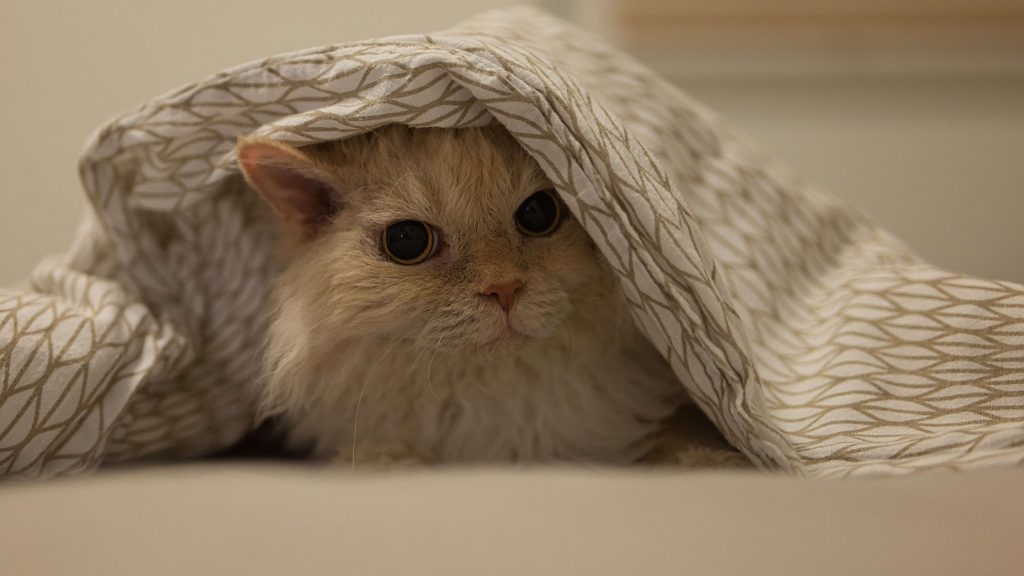
Coat length of the Selkirk Rex
Selkirk Rex cats can have a short or long coat. It takes 24 months until their coat is completely developed. This is the point at which their coat is at its most magnificent, and this breed is indeed famous for its “double coat”. In these cats, the undercoat is dense and just as long as the top coat. This creates more volume and the coat really stands out! The waves impressively underscore the plush factor.
Coat pattern of the Selkirk Rex
The coat pattern of the Selkirk Rex varies, and all types of patterns are permitted. Plus, just as the ground colour of the coat can vary, so too can these cats have quite different coat patterns Theirs coats can be solid, bicolour or tricolour. Common coat patterns include tabby, tortoiseshell and colour-point. In other words, this cat boasts a colourful mix of very different potential coat colours and patterns! This makes every cat unique. There might even be differences in one and the same litter.
Eyes of the Selkirk Rex
The Selkirk Rex has beautiful, large eyes. They are rounded and set fairly far apart on the cat’s head. All eye colours are permitted, but they should always be expressive and harmonise with the cat’s ground coat colour. You’ll find cats of this breed with green, copper and blue eyes, but you might also find some with golden or yellow eyes in a variety of different shades. It’s a wonderful sight when the eyes of a Selkirk Rex sparkle like shining stars! Who can resist this enchanting glow?
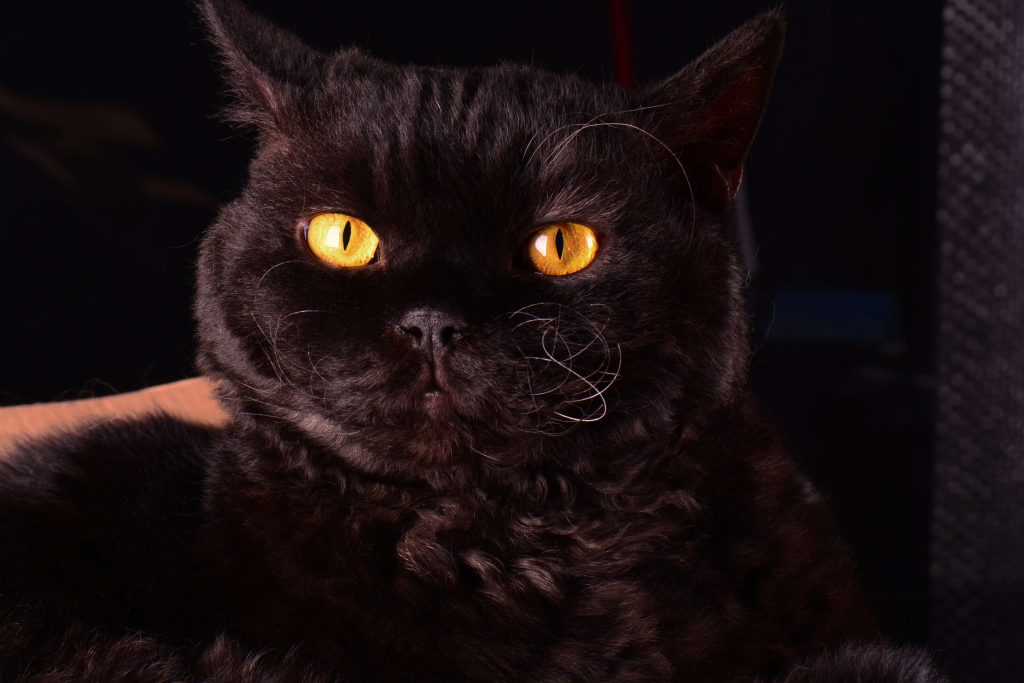
Special features of the Selkirk Rex
The special features of the Selkirk Rex are its genetics and resulting hair type. These cats are sometimes referred to as “sheep in cats’ clothing” due to their double wavy coat. The gene responsible for these famous curls is located on an autosome and shows a dominant mode of inheritance. If two purebred Selkirk Rex cats mate, it’s quite possible that not all kittens they produce will have the characteristic curly coat. In other words, a few kittens may have the curly coat like their parents, while some of their siblings may have a completely smooth coat.
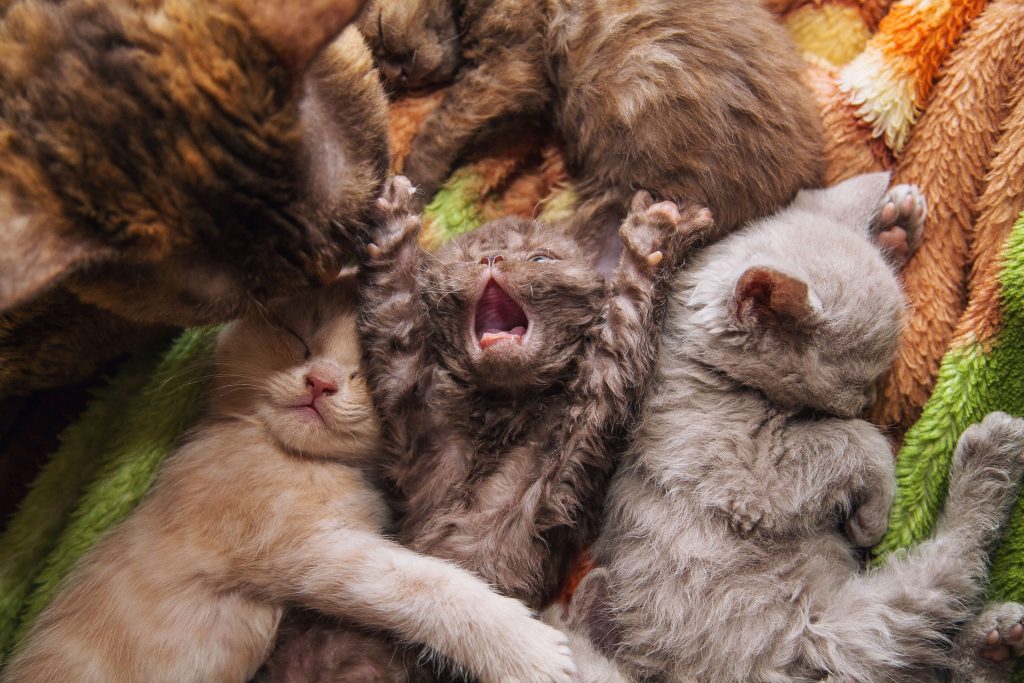
Key attributes of the Selkirk Rex
One key attribute of the Selkirk Rex that immediately catches the eye is its sensational coat. The entire coat has a wavy texture, both the outer coat and the undercoat. The guard and awn hairs are wavy just like the undercoat. This makes the coat very compact. The Selkirk Rex’s coat is also dense and luxurious throughout. There are no areas on this cat that are hairless. The waves are arranged in a loose and airy fashion next to one another. Rather than any strict order, these cats appear to have an apparently spontaneous tangle of fluffy curls.
Character of the Selkirk Rex
What kind of character does the Selkirk Rex have? Representatives of this cat breed are very pleasant creature companions. They have a very charming nature and are affectionate, friendly and gentle. They love company and enjoy having both two- and four-legged friends around them. Even children can play with these feline friends, provided the children are at an age where they can handle animals responsibly. For children, this age will vary depending on their individual level of maturity and development. The ability to handle cats responsibly and appropriately usually becomes possible when the child has reached the age of five.
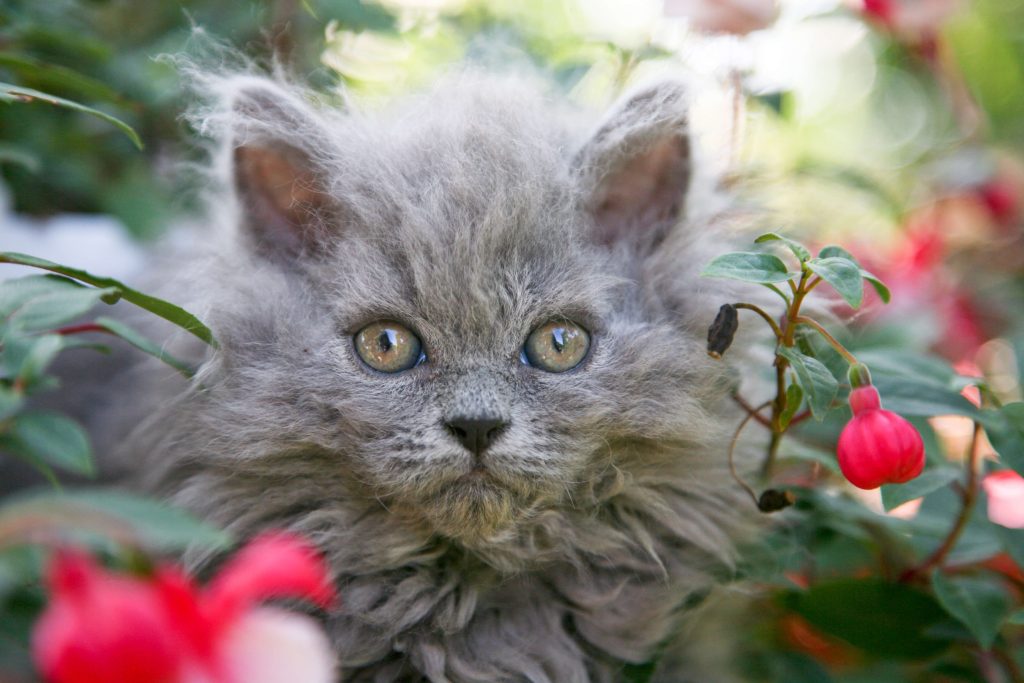
Price of the Selkirk Rex
How much does a Selkirk Rex cost? If you choose to get a cat from a breeder, the average price for a Selkirk Rex will be roughly €850 to €1,300. The price will depend on the cat’s pedigree, that is, which two parents it descends from. The breeder’s own expenses will also influence the purchase price. Your cat should always have proof of being dewormed and vaccinated. And don’t forget, it’s also a great idea to pay a visit to your local animal shelter first. There are often pedigree cats like the Selkirk Rex among the hardship cases that are pawsitively looking for a new home!
Breeding the Selkirk Rex
The Selkirk Rex is a relatively new cat and its breeding continues to be rare in Europe to this day. However, the breed is gaining more and more fans outside the US, making it a niche with tremendous potential! The kittens from the first litter of “Miss DePesto of Noface” in the late 1980s formed the stock of this new breed, with the Selkirk Rex receiving official recognition from the CFA, the GCCF, the WCF and the FIFé in the early 2000s. In the first decade of the new century, the Selkirk Rex was mostly crossed with British Shorthairs, Exotic Shorthairs and Persians; today, the mating is usually among Selkirk Rex cats.
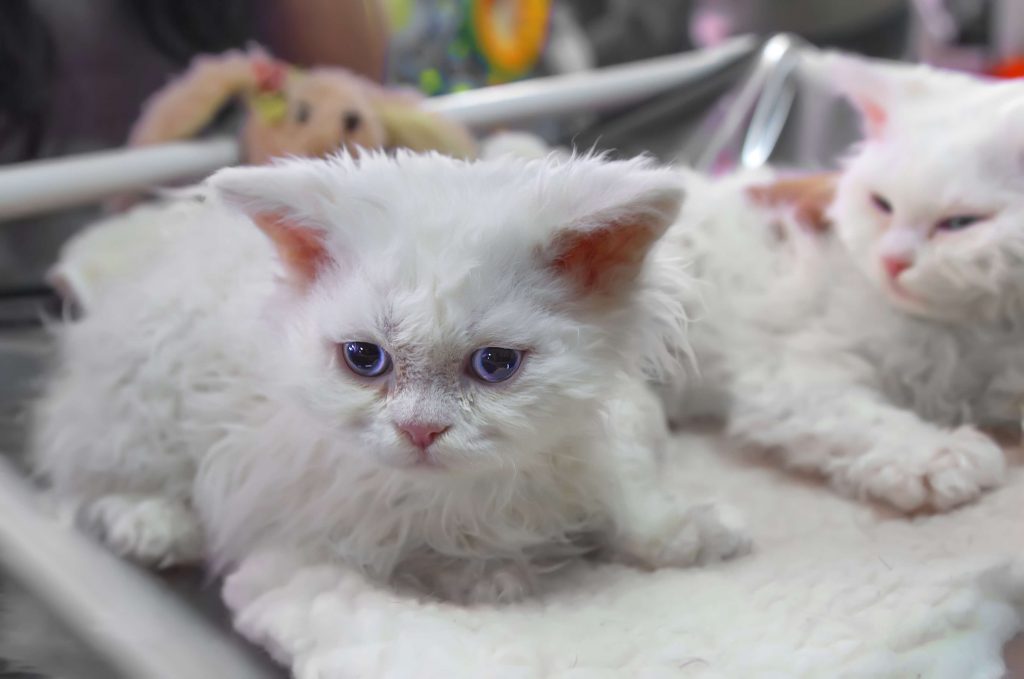
Things to know about keeping and caring for the Selkirk Rex
Grooming requirements for a Selkirk Rex are quite straightforward. When it’s not shedding season, Selkirk Rex cats with both short and long coats should be brushed weekly with a cat-safe brush and then combed with a coarse comb. In spring and autumn, when their coats are due for a change, you should schedule a grooming session at least twice a week. You should also check your cat’s ears from time to time and, if necessary, very carefully remove earwax from the inner part of its ear flap or “pinna”.
The Selkirk Rex kitten
Selkirk Rex kittens have curly fur at birth. These curls disappear when the kittens are roughly six months old, only to return suddenly just prior to their first birthday! After that, it still takes time before the coat of the Selkirk Rex reaches its final form. Their coat only stops developing when they’re fully grown at the age of around two years. At this point, the Selkirk Rex’s coat will have achieved its ultimate shape, and this form will remain until the end of its life. In other words, these cats like to keep things exciting well into adulthood, because everyone will be waiting and watching: What is the cat going to look like?
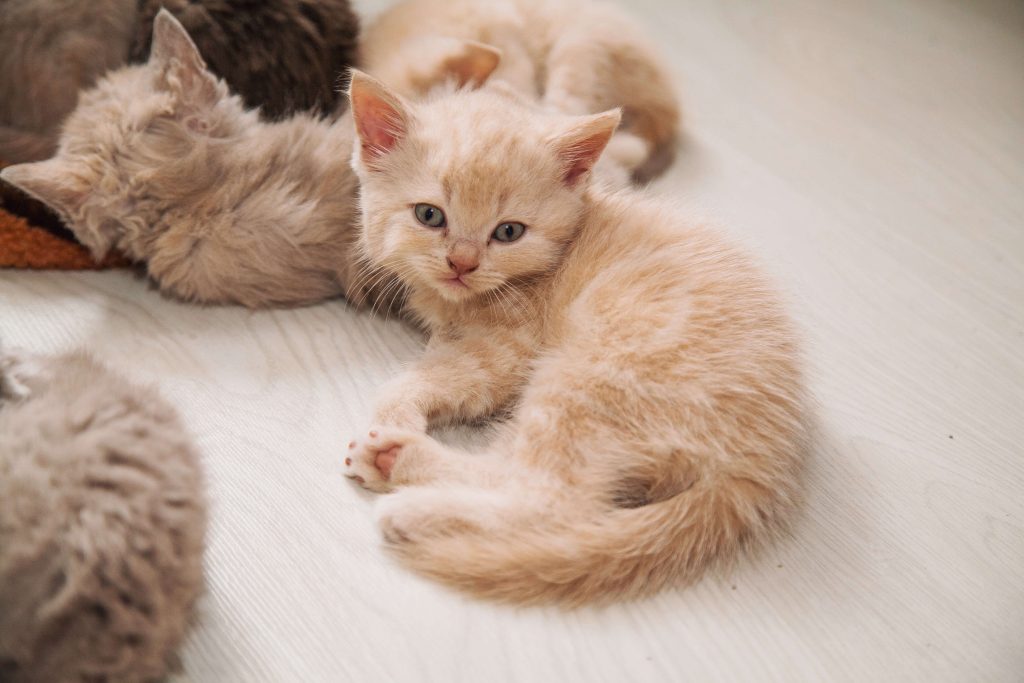
Typical diseases of the Selkirk Rex
As with all cat breeds, there are several factors that determine whether a cat is susceptible to disease or protected from illness by a strong immune system, including their genes, lineage, care and environment. Two diseases typical of the Selkirk Rex are hypertrophic cardiomyopathy (HCM) and polycystic kidney disease (PKD). HCM is one of the most common diseases of the heart and is caused by the alteration of information within a gene. PKD is a disease of the kidneys and mainly affects Persian cats.
Life expectancy of the Selkirk Rex
The Selkirk Rex has an average life expectancy of 12 to 20 years. But don’t forget that 20 cat years are the equivalent of 96 human years! Still, it’s impossible to predict exactly how long a cat will live, because it depends on many different factors. Can you help a Selkirk Rex stay fit and healthy for a long time? Well, you can definitely create the conditions that allow domestic cats to live according to their specific nature, even if they’re indoor cats. This includes, among other things, ample activity and a cat-friendly living space.
